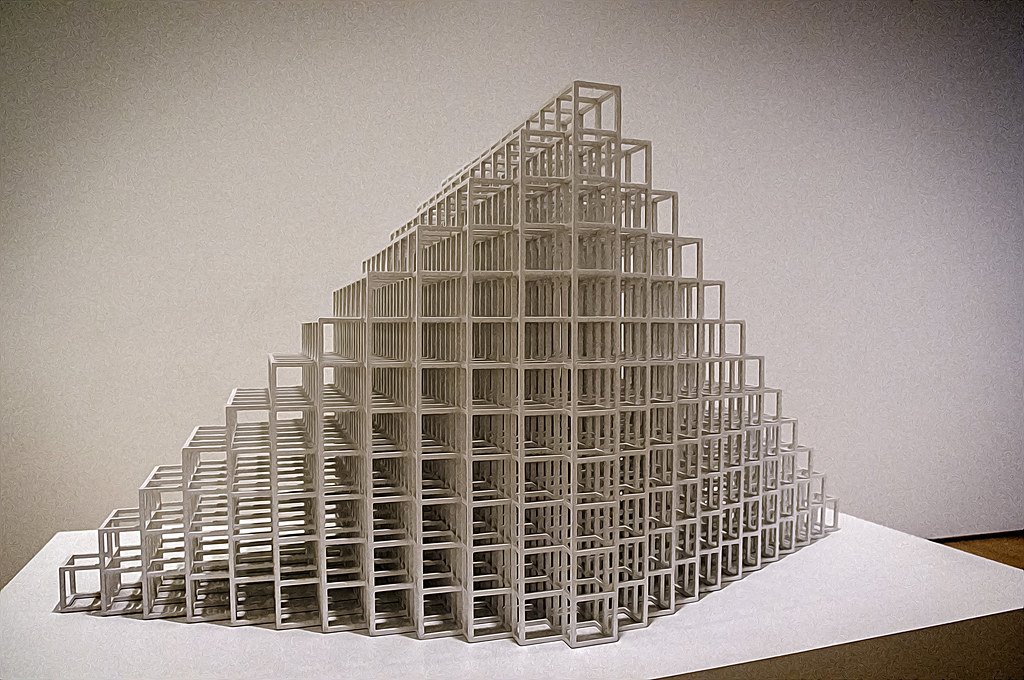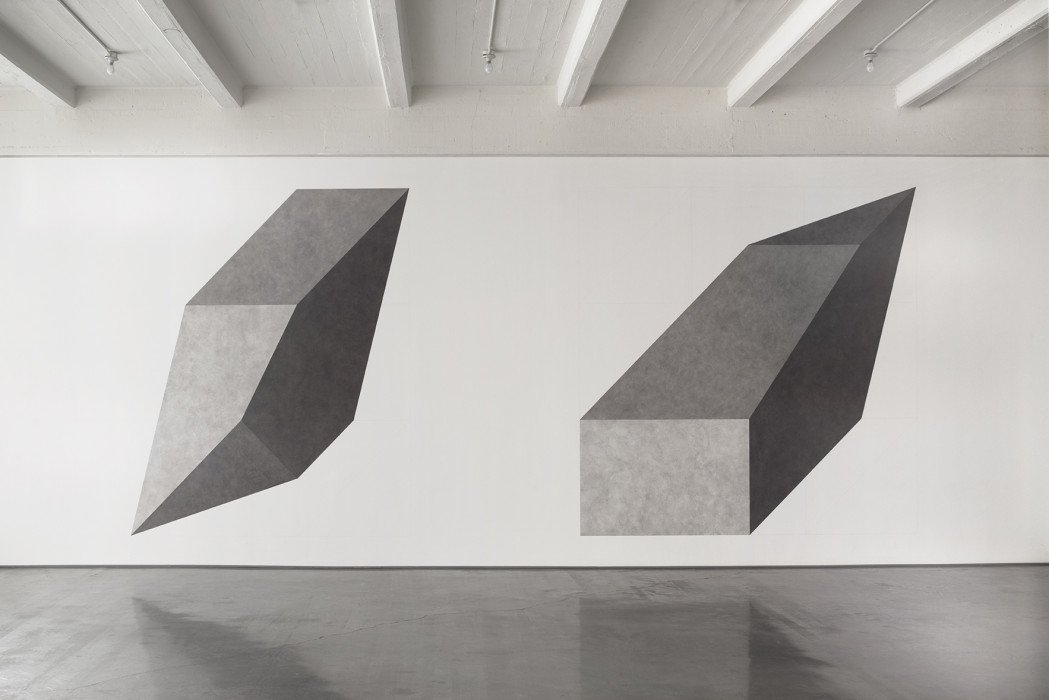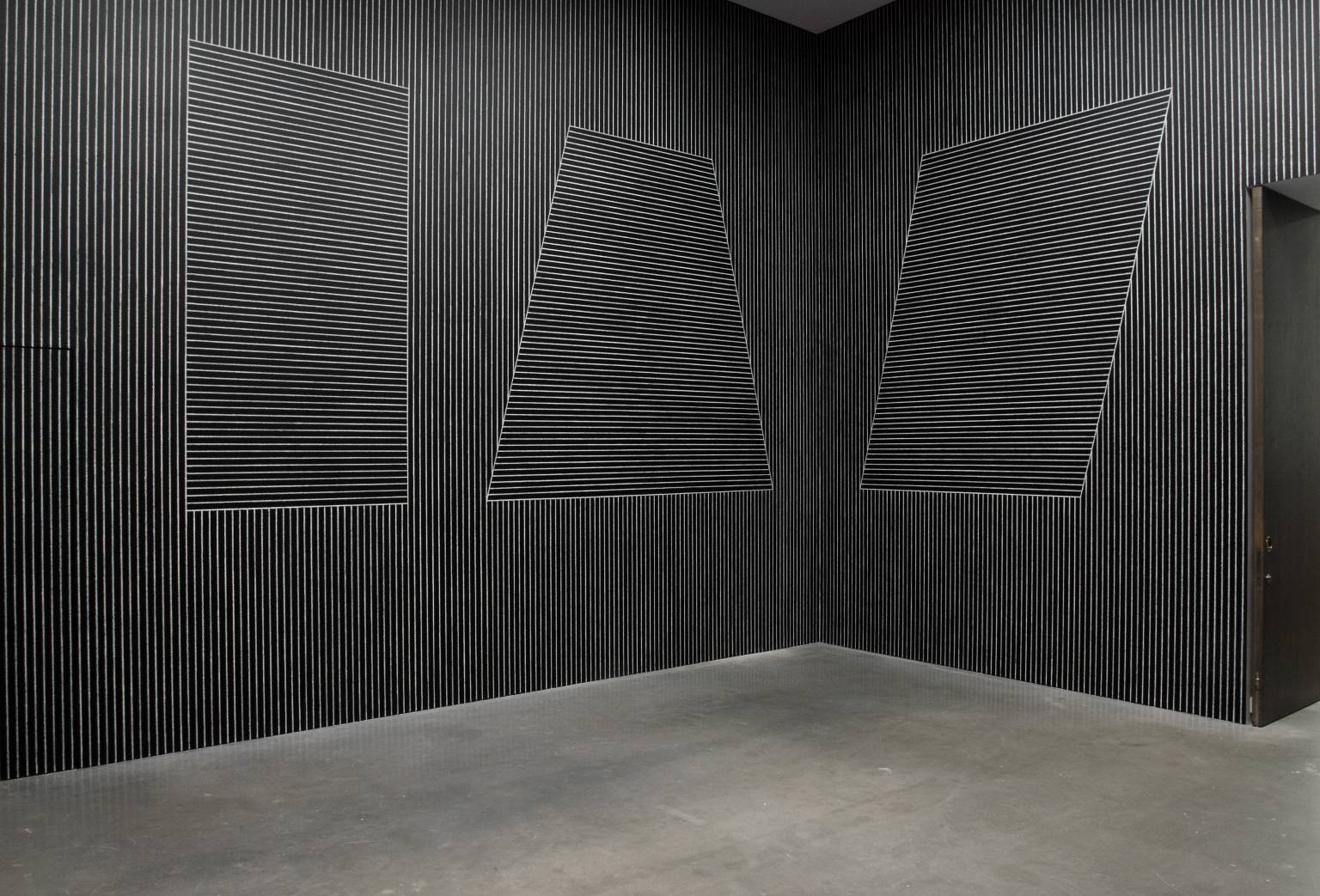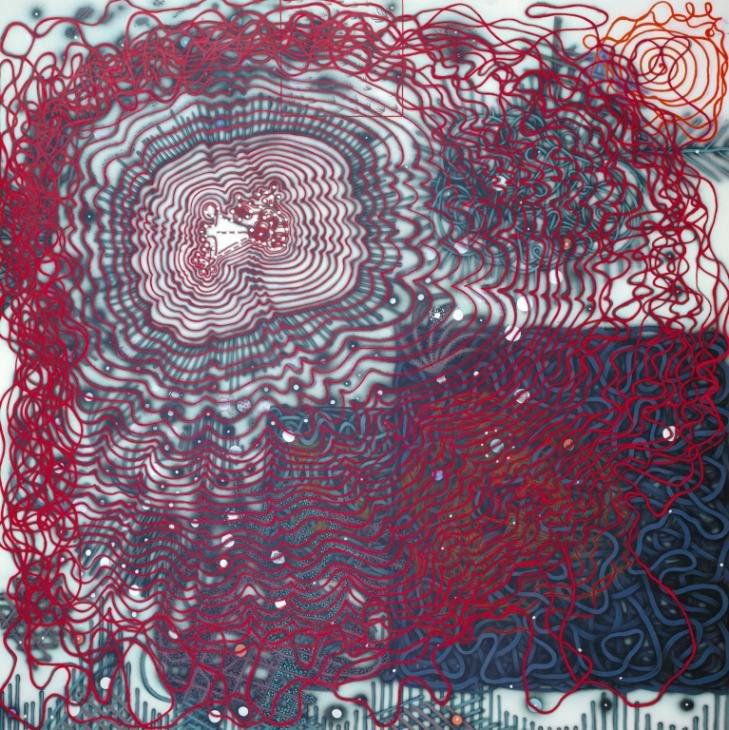Algorithmic structures
Much of my time during the last week working in C4D was spent going round in circles trying to find a specific context in which to situate my experiments. The problem I encountered was that every time I tried to position this enquiry within a particular frame - such as the role of data in the pandemic, the influence of algorithms within architecture, or again returning to the topic of technology and mental health - each attempt made the work more about that context and less about the tool (C4D) and what dimension it lent to a computational approach to design.
In order to solve this block I returned to several previous references, including Fuck Content and the Conditional Design Manifesto. They re-iterated my core area of interest - a procedural methodology as a result of modern-day technological processes and what the emergent forms might reveal about those processes. I then came across the work of Sol LeWitt thanks to a reference during our initial tutorial. I found a lot of continuity between his procedural practice - the repeatable and exhaustive investigation of the relationship between instruction and form - with both process art and conditional design. These were the aspects that most interested me within my own work. Thus I decided to forgo any context and focus only on process and form.







Structures and wall drawings by Sol LeWitt, as well as Process Art by Bernard Cohen and John Hilliard.
Excerpts from the Conditional Design Manifesto and workshop.
In order to comply with the premise of procedural and conditional design, I needed to devise a set of rules for myself to comply with in order to standardise any work and focus the formal subject of my inquiry. I settled on the following:
Use only a cube or square as a starting unit
No use of colour or material aside from preset (B&W)
One light source and floor plane only
Input values for parameters can only be 1, 3, 12, 100, or 200
No more than 3 levels of complexity
Fixed camera views - top, isometric, dimetric
Following the above constraints I set about creating structures utilising algorithmically-determined tools within C4D, including cloning and arrays, without any predefined idea of what I wanted to achieve. I began with simple configurations and slowly increased the level of complexity by systematically using different configurations of the tool at my disposal. I then increased the level of complexity by nesting generative tools within one another (up to 3 levels). The resulting structures have no meaning beyond the fact that they are three-dimensional manifestations of a unit subjected to computational processes. I decided to repeatedly capture three set views of each iteration (top, isometric, and dimetric) both because of the similarity to LeWitt’s structures but also because perspective and dimensionality is a key aspect that C4D brings to a generative methodology. Indeed some of the structures produce interesting patterns and illusions when viewed from a particular perspective. I might claim that they also engender some of the ‘machine aesthetic’ in the later complex structures as they are almost impossible to create or repeat without the use of a computational device.
A second set of iterations focused on the application of both random and formula-defined fields to a plain grid of cubes. I decided to include these aspects as they are a particular affordance of working computationally - something that is a step further away from a ‘human’ aesthetic.
Lastly, I attempted to increase the level of complexity in order to lean into the machine aesthetic - creating structures that were more dynamic, architectural and other-worldly.





























































































